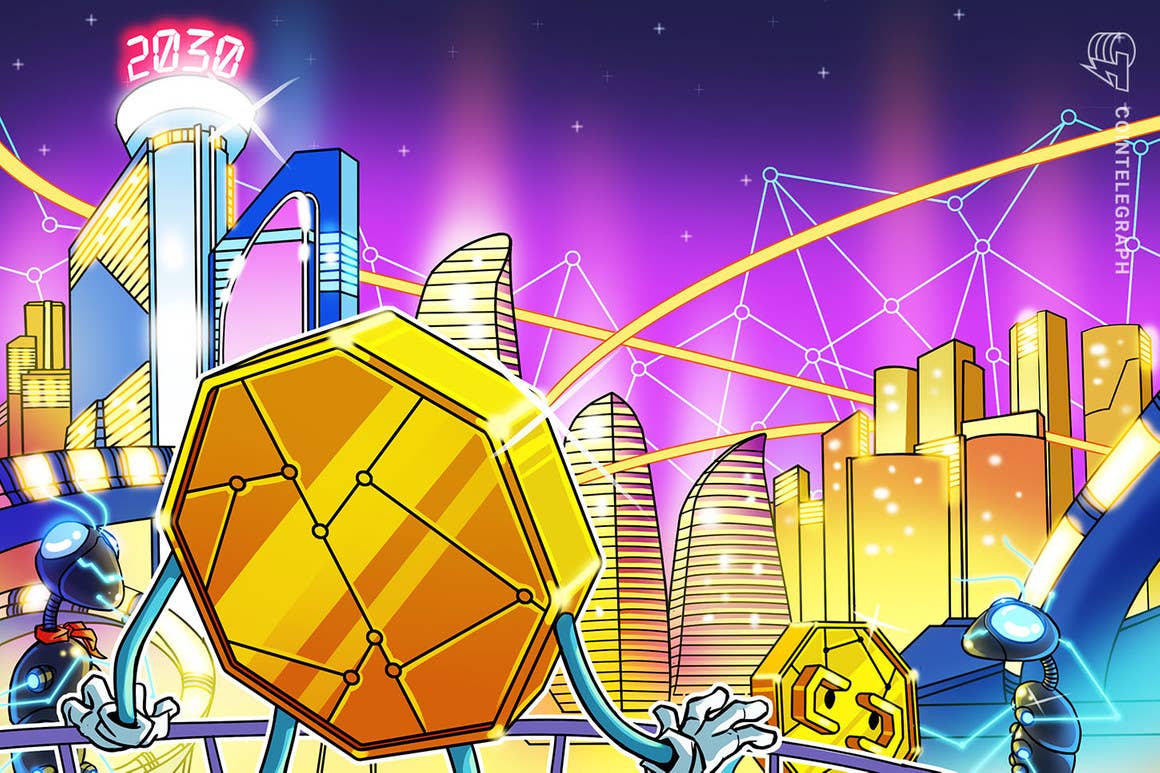Decentralized finance (DeFi) is changing the way that people all over the world think about money faster than any previous financial revolution. Ba

Decentralized finance (DeFi) is changing the way that people all over the world think about money faster than any previous financial revolution. Banks, which have monopolized the way we’ve accessed money since antiquity, are finally seeing their status being challenged. Now, it’s DeFi which is starting to provide an alternative that could turn the economic landscape on its head and democratize access to finance.
This seismic shift in power away from governments and banks and towards real people is long overdue, particularly in developing nations where DeFi is already emerging as a tool for remittances and small loans. Financial inclusion is another significant advantage that DeFi can deliver, particularly when 1.7 billion adults remain unbanked.
Related: The great unbanking: How DeFi is completing the job Bitcoin started
The growth of the DeFi space is staggering. By taking concepts from traditional finance and turning these into transparent protocols through smart contracts, DeFi provides a trustless ecosystem that delivers anything from insurance to loans to savings accounts. The appeal for DeFi is evident, with the total value of assets held in DeFi financial products nearly topping $175 billion.
Yet, with DeFi on the rise and governments and banks not wanting to lose control of the monetary system, they are turning their attention to issuing digital currencies themselves. Central bank digital currencies (CBDCs) are seen as a way of maintaining control over the monetary system while giving users faster and cheaper transactions. If we fast forward to the year 2030, what elements of decentralization can we expect to see in our everyday lives?
DeFi in the future
Imagine, if you will, that the year is 2030. Célia, a young Parisian woman, pulls out her phone to buy a Eurostar ticket from Paris to London. When she reaches the payment screen, she chooses her primary digital wallet. Switching over to her wallet, Célia sees that her digital euro balance has gone down. Nowadays, nobody holds cash savings, as loans can be taken out and paid back within a person’s wallet depending on the value of any assets they own and are paid back automatically over time.
Related: Tales from 2050: A look into a world built on NFTs
While DeFi is playing a primary role in 2030, so, too, are CBDCs, which have become the default tool for banks worldwide. China is leading the way in following the success of its previous trials. However, they lean toward greater state control, scrutiny and censorship. As a result, DeFi has become the primary way that individuals who value freedom choose to manage finances and now underpins the world financial system. And because of DeFi’s prominence, we’ve said goodbye to bank accounts, enabling us to access and use our money anywhere at any time and loans to be borrowed when required.
Cryptocurrency’s aim to make money universally available worldwide means that underlying DeFi protocols provide liquidity on swaps, borrowing and lending. And despite the complexity of DeFi, end users are not aware that they’re interacting with these global liquidity sources directly as complete privacy is ensured on all DeFi and spending.
On top of that, we transact all international payments on layer two zero-knowledge proof rollups (zk-Rollups), a scaling solution that bundles up hundreds of transactions off-chain into an Ethereum smart contract thus helping to reduce congestion on the blockchain. A cryptographic proof, known as a SNARK, is produced, ensuring the validity proof and is posted on layer one. Delivering free and open alternatives to government money, Bitcoin (BTC), Ether (ETH) and permissionless stablecoins are spent and swapped straightaway for any major government coins.
Defeating DeFi’s challenges
The way DeFi is going, this is certainly a plausible future for it. Ultimately, though, for DeFi to reach what many may consider a utopian future, some hurdles need to be overcome first.
One area to consider is the barriers to widespread adoption. For instance, the vulnerability of smart contracts, the unpredictability of the DeFi market, regulatory issues and accessibility to emerging technologies.
Other centers around the space being too complex for the average trader or investor. And blockchain inefficiency is a problem that needs to be addressed, particularly relating to energy consumption and the cost of transactions on Layer 1 protocols on the blockchain. While alternatives have so far compromised on security, early-stage technological solutions are coming to the fore. Examples of this include ZK-proof cryptography, or layer-two solutions, packing more transactions into the space, and therefore reducing cost.
Of course, some of DeFi’s challenges can’t be mentioned without talking about the naysayers. For instance, Dan Berkovitz, Commissioner of the Commodity Futures Trading Commission (CFTC), believes that DeFi is a “bad idea.” And Tom Mutton, the Bank of England’s fintech director, had…
cointelegraph.com
